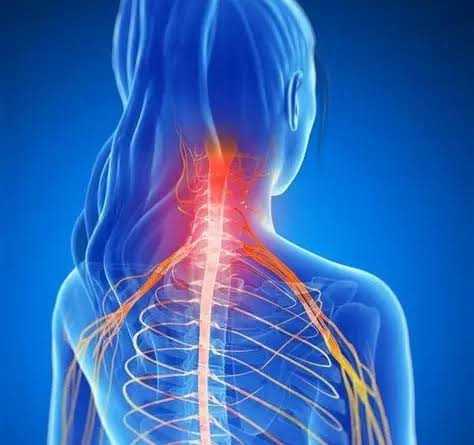- What is it?
- Leading cause of disability in the world under the age of 45
- Low back pain affects up to 85% of the population.
- 70—80% of low back injuries recover within 3 months irrespective of treatment
- The remaining 20-30 % may have persistent disabling pain.
- Back pain can be painful and scary, but it is rarely serious, in fact,
Only 1-2% of people with low back pain are associated with serious pathology, and a specific pathology occurs in only 5-10% of low back pain presentation. This is when there is a specific mechanism of injury that is linked to imaging and clinical examination. Some examples include:
- Fracture
- Disc prolapse with radicular pain
- Disc protrusions
- Spondylolisthesis
- Vertebral endplate oedema
- Spinal canal stenosis
However most back pain presentations are not linked to and specific pathology.
This is referred to as non-specific back pain. Non-specific low back pain makes up 90% of LBP presentations. In non-specific low back pain, there is no know pathomechanical diagnosis that correlates with clinical presentation. Various factors can influence pain sensitivity and the level of irritability.
It is important to note that many pathologies of the spine can be found in people who have no pain at all, and sometime people have scans such as x-rays and MRI’s and the report can sound scary with lots of medical terminology such as disc degeneration, arthritic changes, disc bulges etc. However, these findings are quite often normal age-related changes. The older we get the more common it is to see these same changes occurring all over our body, and this is completely normal.
One of the most common low back injuries are minor sprains and strain this can cause pain, spasm, and muscle guarding, but will likely resolve over a couple of weeks. The most important thing to remember is that movement is often the best medicine and that the amount of pain you are experiencing does not correlate with increased tissue damage (a little bit like a papercut). The nervous system becomes sensitised, and this can be influenced by numerous other contextual factors such as sleep, stress, emotional state etc. In many cases movement and exercise can help to desensitise the nervous system and reduce pain.
Another common injury is a lumbar disc herniation, and while these injuries can be very painful when they occur and may also be associated with leg pain (sciatica) these lumbar disc herniations often spontaneously resorb withing 3 months, in fact research has shown that the worse the herniation, the better the prognosis.
With the right advice early on and avoiding unnecessary imaging, injections and surgical interventions, long term outcomes can be improved.
How can we help?
There are lots of myths and misconceptions about back pain. This is often promoted in the media and outdated beliefs that suggest the back is fragile and vulnerable to injury. This is simply not the case; the back is a strong and robust structure that can be trusted with movement and heavy lifting.
Consulting with a health professional can provide appropriate screening procedures to rule out serious pathology and get you on a path to moving with confidence again. Chronic and persistent pain are often associated with outdated structural beliefs about the tissue damage and pain. It is really important to seek the right advice to coach you along the right path and get you back to doing things that you enjoy.












